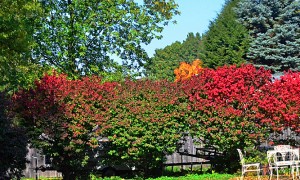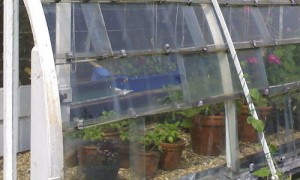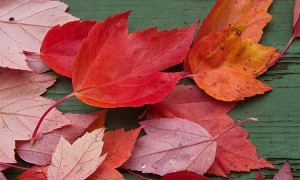One great thing about landscaping is the large and versatile selection of decorative plants that can be used to hide those less-than-perfect aspects of a yard that homeowners cannot help but notice every time they walk out of their house. With the simple placement of trees, shrubs, and flowers, unsightly items such as small sewer caps, cable boxes, and electrical transformers can be blocked from open view.
When masking a utility item, look for decorative plants that assimilate well with the rest of your home’s landscaping. Planting unusually large or brightly colored flowers may actually have the opposite effect and end up drawing too much attention to the area you are trying to hide. Evergreens are the best bet for year-round coverage due to the fact that these consistently green shrubs blend in well with grass and trees already growing in most yards.
Familiar Shrubs Can Be Used As Screens
In the Philadelphia area, deer-resistant boxwoods work well because they tolerate full sun and may be trimmed to maintain a specific size and shape. Evergreen azaleas also provide color in the spring but prefer more shade than boxwoods and are not as hardy in colder climates. Varieties of arborvitae shrubs, including a miniature version that grows to approximately three feet tall also can be planted around utility items. Holly bushes are another evergreen shrub commonly used in southeastern Pennsylvania landscaping. Shrubs to avoid are anything with prickly branches or thorns, especially if you will need regular access to the item that you are trying to hide.
Larger Trees Provide a Distraction
Trees surrounded by mulch beds help to draw the eye away from smaller utility boxes and sewer caps. By sizing your mulch bed to include utility items, you also gain another advantage in the fact that you do not have to worry about trimming grass around the utility items or mistakenly mowing over them. When planting near utility boxes, ask a landscaper to recommend trees with root systems that are less likely to disturb sewer pipes and electrical or cable wires. Visit a local home and gardening center and bring a picture of the items that you wish to hide. Before planting new trees, you may also want to contact PA One Call to ask the organization to assist you by identifying the location of underground wires, gas lines, and sewer pipes in your yard.
Hardscaping Tricks
Adding hardscaping in the form of a small stack wall or Belgian blocks will draw attention away from utility boxes equally well. Strategic placement of rocks, garden statues, or fountains in front of a smaller utility object is another fast and easy way to disguise unsightly items.
Concealing Air Conditioners
Many homeowners wish to conceal central air conditioning units from everyday sight, but unlike general utility boxes, A/C units require space to “breathe” (at least two to three feet of unrestricted air flow). According to PECO Energy Company, planting trees or shrubs a safe distance from the unit is beneficial because “a unit operating in the shade uses as much as 10 percent less electricity than the same one operating in the sun.” If you do use decorative plants, leave enough space also to allow access to the outside unit for maintenance and repair. Choose a shrub or tree that does not drop a significant amount of leaves, which can end up blown into the air conditioner.
When considering how much time and effort to invest in hiding utility boxes, it is best to remember that the person most bothered by these items is you, the homeowner.
Image Source: Flickr/Jennifer DiGiovanni
[cf]skyword_tracking_tag[/cf]







Thanks for the nice and interesting post… good one